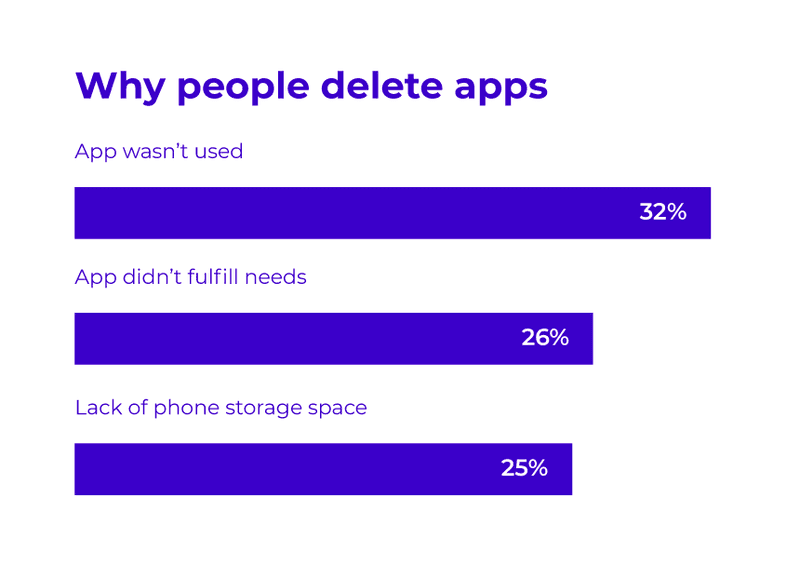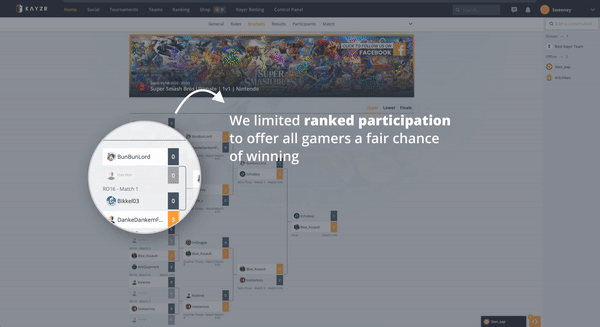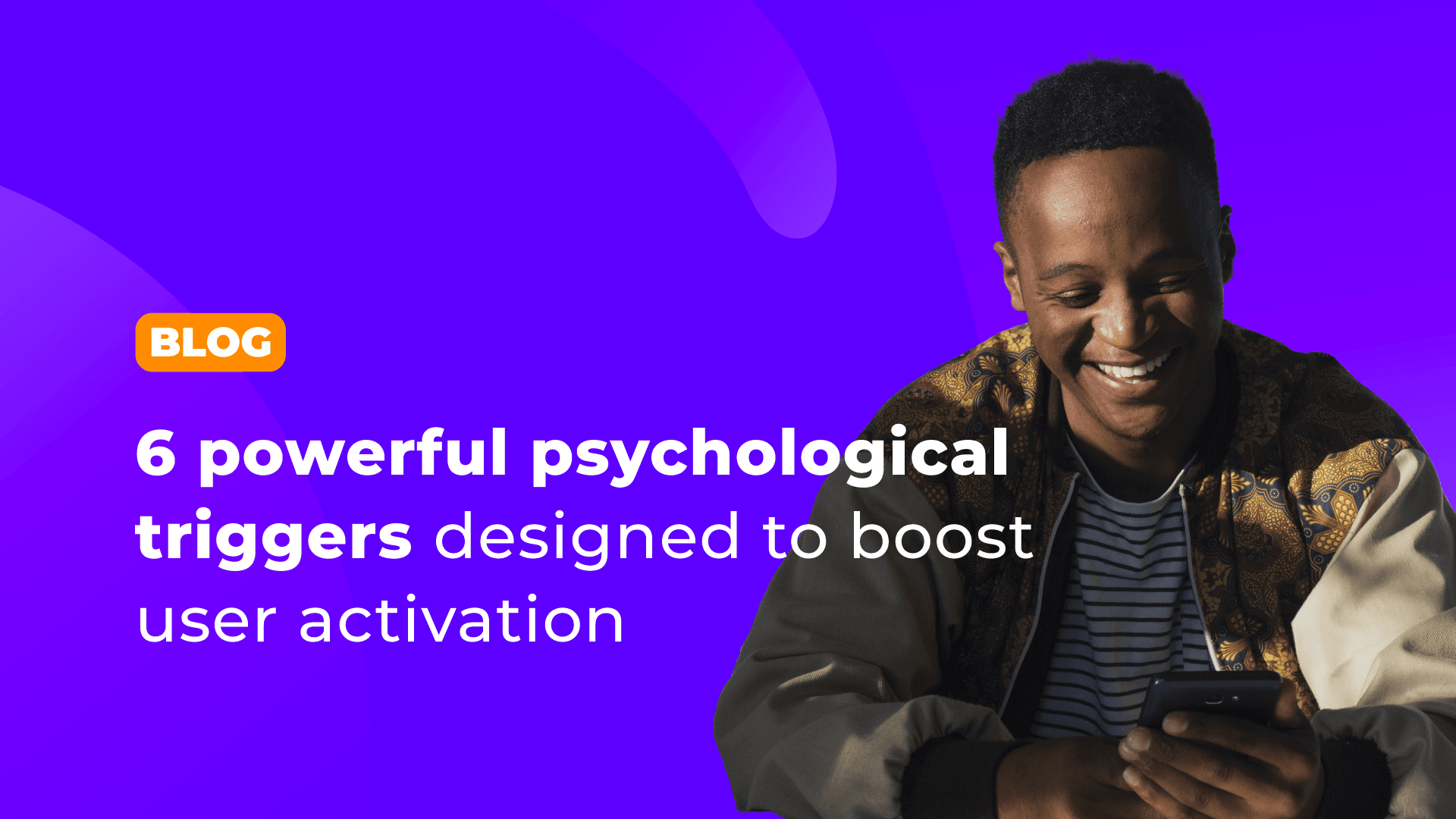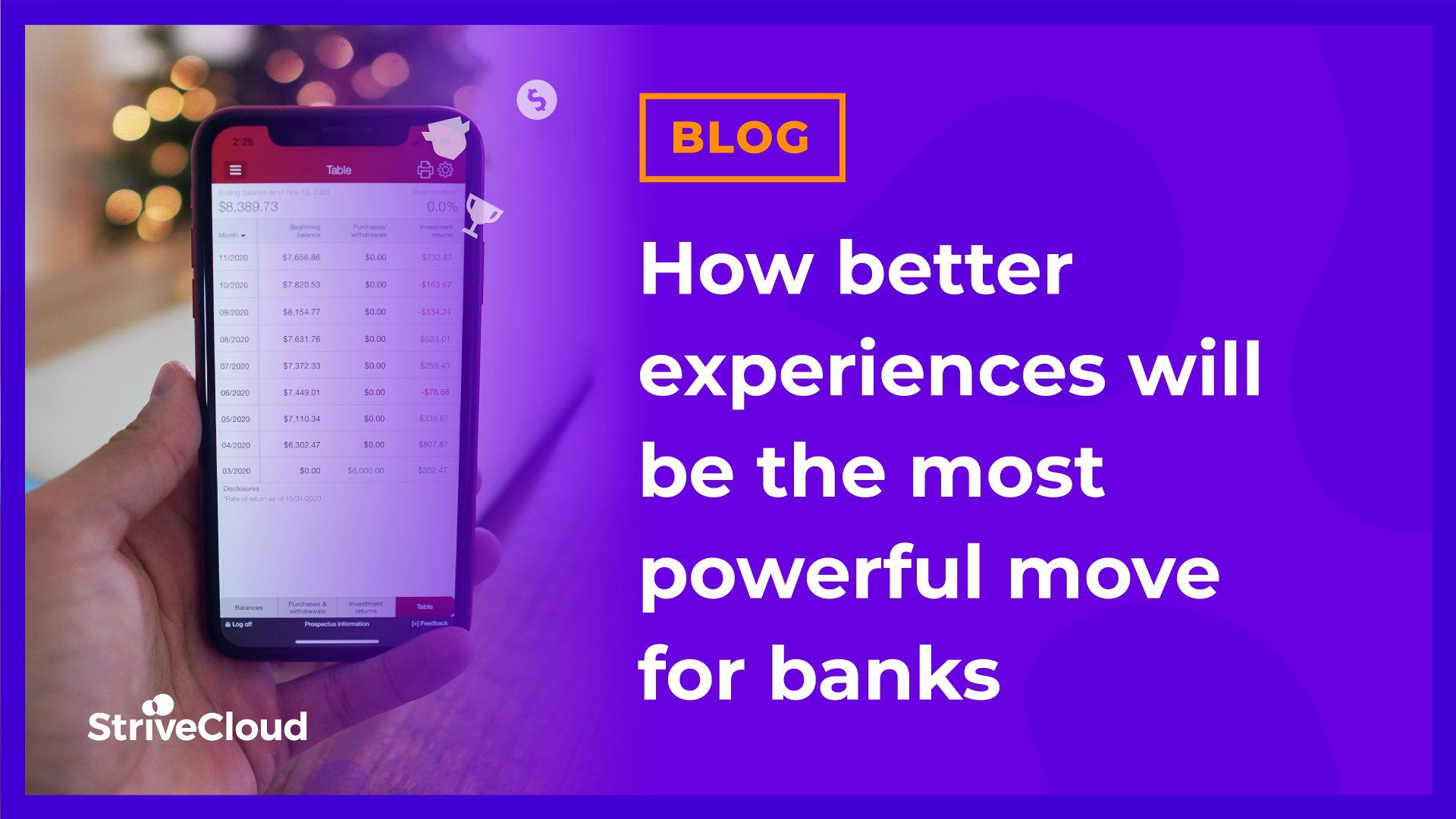

The truth about killed apps and how to avoid their mistakes
The truth about killed apps and how to avoid their mistakes
What is the main blocker inhibiting your app from becoming successful? Low user app engagement. It kills every product manager’s dream: to build a product that gets users hooked.
Unfortunately, the reality is that it’s hard to captivate user attention, and even harder to keep it. People are simply not actively using your products. There are too many options out there, and if your user isn’t satisfied they won’t hesitate long before they leave your app for good.

This graph illustrates the typical steep drop-off in user retention that apps face, underscoring the challenge of maintaining long-term engagement.
You need to differentiate. But most of all, you need to avoid critical product management mistakes. To help you create a better vision for your product, we have analyzed 6 app failures and why they failed.
Here’s what you will learn more about:
- Lack of engagement
- Focus on features VS users
- Prioritizing growth over retention
- Confusing the customer with poor UX
- Falling in love with the product instead of the problem
- Lack of promotion
- How to build an app that hooks people instantly
- Wrap-up
Lack of engagement
Google is one of the big 5 leading technology companies. Next to their search engine they build and manage a range of other different applications. However, not all apps Google develops are successful. Those that aren’t get “Killed by Google.”
Probably the most famous example of an app killed by Google is their attempt to building a social media platform with Google+.
Many things have been said about what caused the project to turn south. Some say it was Facebook, others say it was due to data leakages, but at the core of where it all went wrong is simply low engagement. Google+ had almost no active users. In fact, 90% of the users spent less than 5 seconds on the social platform.
Even though Google+ had over 200 million users, it was no match for other social networks at the time. The app engagement was simply too low to keep funding the project. After 8 years of trying to increase user app engagement, Google decided to officially close the app down on April 2, 2019.
Focus on features VS users
Yik Yak was a social app where you could post an anonymous message to anyone within a 5-mile radius. The app quickly became popular in schools and colleges to share gossip, updates, or events.
Again, there is not just one reason Yik Yak failed. After strong user growth in 2013 and 2014, the app with over 1.76 million users was banned from a number of campuses.
After some bad press and legal issues due to bomb threats, cyberbullying and harassment on their platform the startup was forced to make some changes. Eventually, Yik Yak decided to cut off their underage users, leading to a great loss in users.
The final blow however came when Yik Yak abandoned their core feature of anonymity. At this point, users started churning while downloads fell by 76%. On April 28, 2017, the app was shut down.
Prioritizing growth over retention
Tilt was an online crowdfunding platform aimed at helping users fund projects or events like book sales or even birthday parties. The company would only collect and distribute the money if the end goal was met.
In 2012 Tilt launched as part of renowned Silicon Valley accelerator Y combinator. It quickly garnished up to 2000 new users per month. But if you look up tilt.com today, you won’t find anything. So what happened?

Tilt's focus on user acquisition over retention is a critical lesson; even with a clean interface, a sustainable model requires keeping users engaged long-term.
It soon became clear the management team at Tilt had a lack of focus on revenue. With a free user experience, Tilt eventually had to face payment processing fees. Additionally, they spend most of their resources on paid acquisition, which rewarded new customers at a greater cost than profitable. They weren’t focused on building a better experience that kept their users hooked for the long term.
It didn’t take long for the app to fall behind companies like Venmo, GoFundMe, Kickstarter, and Eventbrite. In 2017 Tilt was acquired by Airbnb for 12 million dollars in an acquisition-hire deal. Investors lost 80% of their investment.
Confusing the customer with poor UX
Hailo is an on-demand taxi app, similar to Uber. Their platform matched passengers and drivers through their mobile app. After empowering over 3 million rides in London, and gaining 2.5 million users they moved to New York to do the same.
The problem, however, is that New York and London are two entirely different cities. In an attempt to win over the lower-end market Hailo made a mistake on the supply side. They tried to partner up with yellow cab drivers in New York to answer the driving needs on their app.
Unfortunately, Hailo’s assumptions on New York drivers turned out false. An oversimplified user experience and technical problems with payment led to a quick demise. Statistics show they had 80% rejection on the driving orders on their app.
At the end of 2014, Hailo decided to leave the battle in North America between Uber and Lyft to focus on better serving other regions.
Falling in love with the product instead of the problem
Pierre-Olivier Latour came across the idea of Everpix when he got annoyed with muddled photo albums on his phone whilst traveling Asia. He created an app to sort and organize pics while storing them online.
By 2012 Everpix was showing some promise with over 55,000 active users and substantial investment. In 2013 however, they were shut down. Here’s why:
Their budget was poorly managed. The team at Everpix was spending almost all efforts on building the product. So much so, that they forgot to acquire new users and build traction to sustain their growth. Even though Everpix was a great product, their lack of speed and marketing focus led to their downfall.
Lack of promotion
So let’s close off with another Google example. Google Wave was a real-time collaboration and communication tool that ended up being killed by Google in 2012.
The main reason for Google Wave’s failure is the lack of promotion for the product. Wave was an invite-only service. Besides, the tool wasn’t designed for non-techies. On the Wave homepage, you could find a video of over one hour, explaining the features and use cases of the tool.
It was this poor positioning that made it so difficult to promote the tool both to new and existing customers. With no real power users on the platform, and no notification system to keep their users engaged the app was disbanded after 3 years.
How to build an app that hooks people instantly?
You want an app that keeps your users active and involved. Overcome low user app engagement first before growing your app. You need to create a cohesive user journey that hooks your audience.
When people are not actively using your product, they are more likely to churn. StriveCloud’s plug-in gamification tool is built for retention. Customers that use the platform have seen a 58% increase in daily active users.
With it, you can gamify any data point to change user behavior and slash churn. In StriveCloud’s partnership with esports platform Kayzr for instance, churn dropped by 23% without increase retention costs! This gamification tool not only guides your users to the next step, but it also motivates them to keep using your product.

This animated example from the Kayzr platform demonstrates how gamification elements like progress bars and rewards can effectively increase user activity and retention.
How our plug-in gamification tool helped Kayzr grew its userbase by 350% while cutting retention cost!
Wrap-up
Low app engagement is not just a challenge for startup apps. What we learned today is: even the great apps can fall if they can’t engage users with a cohesive and ‘sticky’ experience.
Companies like Google actively seek out failure to learn from. So let’s do the same.
Here’s how these apps got killed:
- Google+ failed 200 million users due to low user app engagement
- Yik Yak abandoned its core audience and feature, leading to its ultimate demise
- Tilt’s focus was on paid growth, but unfortunately not retention
- Hailo’s poor target group understanding and UX couldn’t win against Uber and Lyft
- Everpix was overbuilt and spent too much time and resources on aiming for perfection
- Google Wave sank down due to complexity, and lack of promotion
And there are tons of other lessons to learn from these apps. Maybe something for the future? If you would like to see more content like this, let us know!
How to build products people want to use, over and over again? Learn how we help global brands hook users!
Related Posts

6 powerful psychological triggers designed to boost user activation
Get users to their AHA moment fast, and keep them coming back. What can SaaS companies do to drive user activation? Well, start with human psychology in mind. Discover the 2 factors that influence user activation & learn 6 powerful psychological triggers to boost it!

How better experiences will be the most powerful move for banks
The sudden uptick in app engagement and digital adoption forced banks to quickly adapt in a world with few physical interactions. With digital transactions up by 20%, banks needed to step up their game to create a better digital customer experience. That's where gamification for apps helps to build a cohesive customer experience that drives customer loyalty. Check out the full article to discover how gamification will turn the banking industry upside down.

